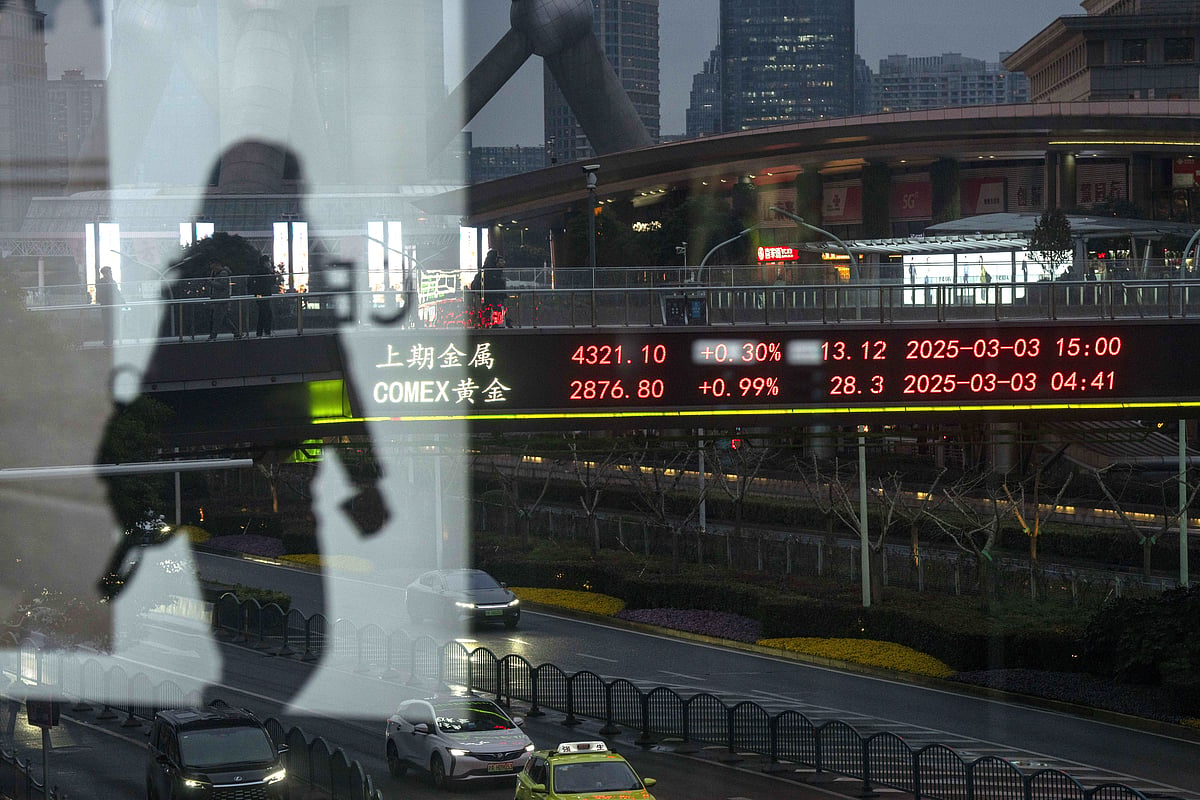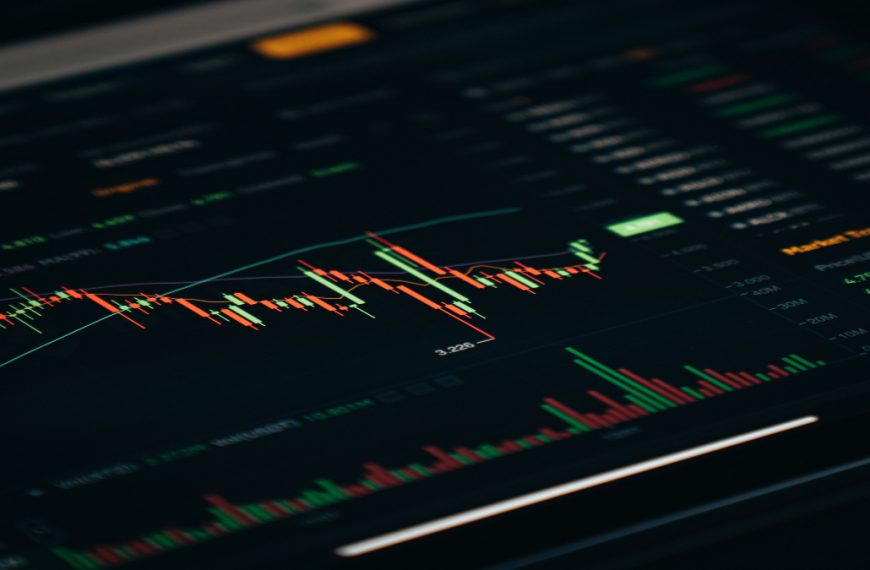Asian markets experienced modest increases in early trading on Wednesday as investors navigate through mixed signals stemming from weaker US consumer confidence and a late rally in American stocks. Major indexes in Sydney and Tokyo saw upward movement, while futures hinted at slight gains for Hong Kong. The S&P 500 gained 0.2% on Tuesday, marking its longest winning streak in nearly seven weeks, even amidst declining consumer confidence. Conversely, the Nasdaq Golden Dragon China Index faced a sixth day of losses, its longest downturn in over a year.
Market Trends and Investor Sentiment
The yield on 10-year US Treasuries increased to 4.33% in early Asian trading, rebounding after a decline in the previous session. The US dollar remained relatively stable after breaking a four-day rally on Tuesday. Notably, copper prices soared to an all-time high, and oil prices also rose early Wednesday following an industry report indicating a decrease in US inventories.
Investors are cautiously optimistic, partly buoyed by President Donald Trump’s recent remarks about upcoming “reciprocal” tariffs scheduled for announcement on April 2. However, the latest economic data from the US has raised concerns about growth prospects in the world’s largest economy.
Technology Sector Developments
The once-booming Chinese technology stocks are showing signs of cooling, as the initial excitement surrounding DeepSeek’s AI model fades. This shift places a closely monitored benchmark on the verge of a potential correction. Tim Waterer, the chief market analyst at Kohle Capital Markets Pty, noted, “Markets may continue to tread carefully until the specifics of Trump’s next tariff list become clearer.”
Diverging Market Perspectives
Forecasters remain divided on the sustainability of the current equity rebound. Strategists from HSBC Holdings Plc, led by Max Kettner, have downgraded US stocks to an underweight status, citing economic uncertainties. In contrast, Ilan Benhamou from JPMorgan Chase & Co. believes it may be time to reassess the rally, as emerging clarity on tariffs could mitigate some key risks.
Steve Sosnick from Interactive Brokers commented, “Confidence is delicate. Despite the growing influence of algorithms and AI in trading, human emotions still significantly impact market dynamics. The ongoing battle between fear and greed is evident in both market performance and economic conditions.”
Economic Indicators and Consumer Sentiment
The recent consumer sentiment surveys reveal a grim outlook, as households brace for potential inflation due to Trump’s tariffs. Companies are warning of rising prices and reduced demand, coinciding with economists’ forecasts of stagflation and heightened recession risks.
According to Tuesday’s consumer confidence report, the percentage of individuals anticipating lower stock prices in the coming year surged by over 10 percentage points. Bret Kenwell from eToro remarked, “Investor, consumer, and business sentiment continues to deteriorate as economic uncertainties take their toll.”
Key Market Updates
Here are some highlights from the latest market movements:
-
Stocks:
- S&P 500 futures showed little change as of 9:30 a.m. Tokyo time.
- Hang Seng futures increased by 0.6%.
- Japan’s Topix rose by 0.4%.
- Australia’s S&P/ASX 200 gained 0.7%.
- Euro Stoxx 50 futures climbed 0.2%.
-
Currencies:
- The euro remained stable at $1.0791.
- The Japanese yen held steady at 149.97 per dollar.
- The offshore yuan was unchanged at 7.2659 per dollar.
-
Cryptocurrencies:
- Bitcoin dipped by 0.3% to $87,607.95.
- Ether rose slightly by 0.2% to $2,069.57.
-
Bonds:
- The 10-year Treasury yield rose by two basis points to 4.33%.
- Australia’s 10-year yield climbed three basis points to 4.45%.
- Commodities:
- West Texas Intermediate crude increased by 0.4% to $69.27 a barrel.
- Spot gold prices were relatively unchanged.
Overall, while there are signs of recovery in certain sectors, uncertainty continues to loom over the market, urging investors to remain vigilant as they navigate these unpredictable waters.











